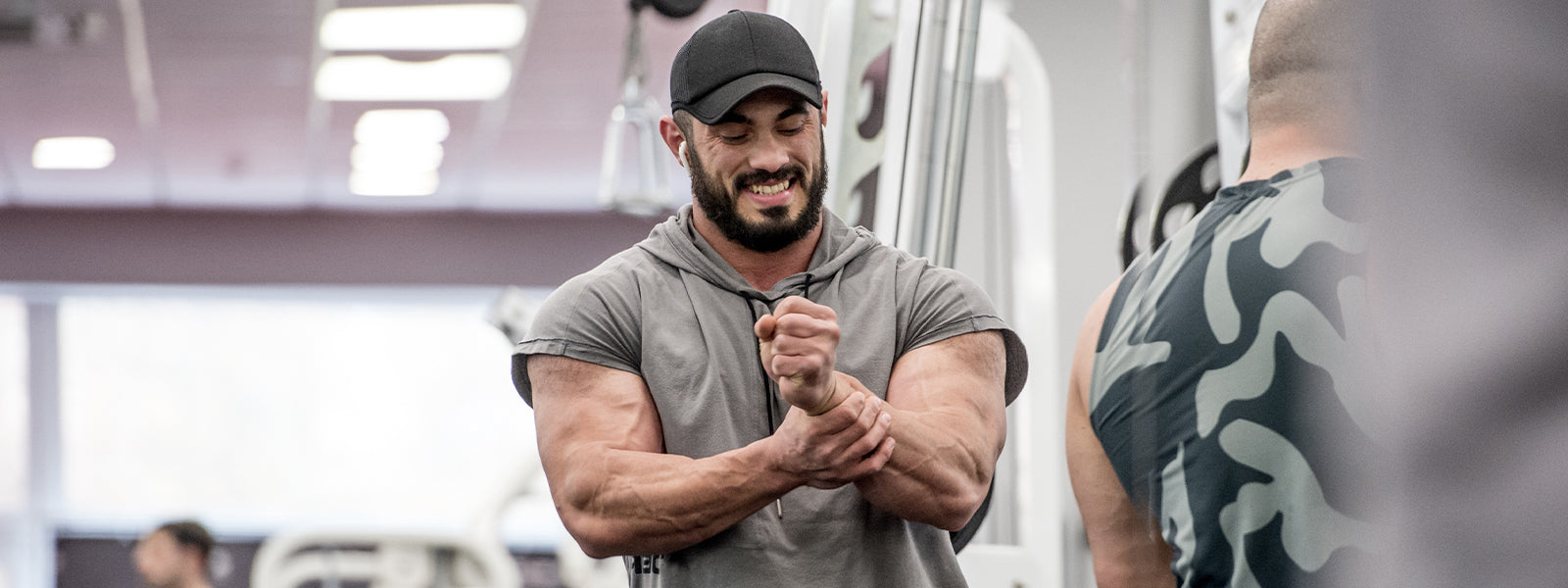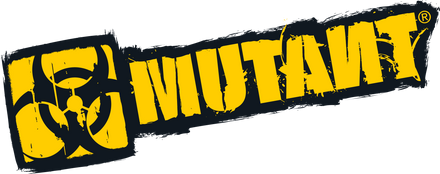How to Prevent or Rehab a Gym Injury

Gym injuries suck, period. Nobody wants them, but every once in a while, the gym reaper comes around and takes a fellow MUTANT athlete. Injuries from lifting can last a decent amount of time, so it’s best to avoid them entirely, and we know exactly how to keep the injury bug at bay.
Here, MUTANT will help you with a plethora of injury-prevention exercises. Plus, we’ll spell out what to do if you end up sustaining an injury in the gym to minimize recovery time. That way, you spend more of your precious time building back stronger, becoming an absolute beast.
Preventative Measures Against an Injury in the Gym
As crazy as it sounds, typical weightlifting does a pretty good job of pre-habbing your muscles. Complex exercises like bench presses, rows, squats, and deadlifts protect your joints, especially if you use slow and steady progressive overload to build strength around those joints. Correcting muscular imbalances and addressing weak spots are gold for injury prevention as well.
Regarding gym injuries, two types are most prevalent: muscle pulls/tears and joint injuries. For muscle pulls and tears, the solution is simple: Don’t go beyond your abilities as a weightlifter and get an adequate warm up. Don’t lift more than you’re comfortable doing, always have a spotter if you’re going heavy, know when to let safely go of the weight to avoid unnecessary tears, and do light cardio combined with lighter weight before touching the heavier loads.

Injury Prevention Exercise
For joints, the biggest ones to bulk up are your ankles, knees, hips, shoulders, and elbows. Bodyweight versions of weightlifting movements, done for a few sets of max repetitions at varied paces, will help the body know how to move at different angles without tweaking. Here are the best exercises to train these joints past the point of injury risk:
- Calf raises – ankles
- Sissy squats (varying depths) – knees
- Side-to-side squats – knees and hips
- Lunge pulses – hips
- Arm circles (different planes of motion) – shoulders
- Forearm circles (different planes of motion) – elbows
Do these two to three times per week, and your body will remain limber and free from painful injuries.
How to Nip an Injury in the Bud FAST
Okay, so you got injured. And while that’s a bummer, you don’t have to despair for long. The body is incredible at healing itself, so we need to let it do its thing as much as possible. Besides rest and exercise prevention, RICE – rest, ice, compression, elevation – can help kickstart the healing process.
Note that icing your injury should only be done the first 24-48 hours after an injury. As for the other three – rest, compression, elevation – stand up to the latest research as still being solid remedies. Another great thing to add is heat. Heating an area of the body that is injured should flood the area with higher blood circulation and inflammation. Heating an injured muscle is best done after 48 hours of getting injured. During an injury, a moderate amount of inflammation is needed so that the body can hold the injured area in place while it heals itself. That’s why heat replaces cold (which prevents inflammation) after a couple of days; stopping the flow does more harm than good while increasing the flow at an interval is beneficial.
And like physical therapists have their patients do, continuing to do lightweight exercises to rehabilitate an injury is a must. Building the body back to what it was and limiting scar tissue is pivotal to avoid re-injury. Don’t overdo it, but strengthening your muscles and joints with light weights will help the recovery process.
Following the tips in this article will help you stay flexible and strong and avoid injuries. And if the gym is unkind to you and you go down with an injury, you now have the tools at your disposal to make it a quick rehab stint. With optimized gym time and minimized injury windows, you can return to the gym quickly and continue on your journey of becoming an untamed animal with a physique to match.
Article by Terry Ramos




